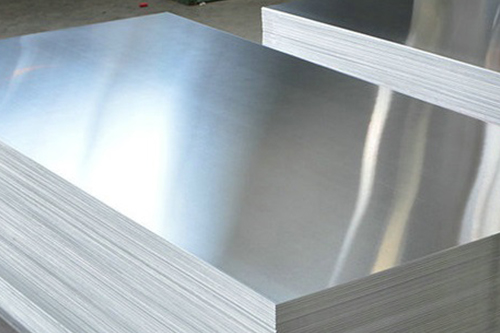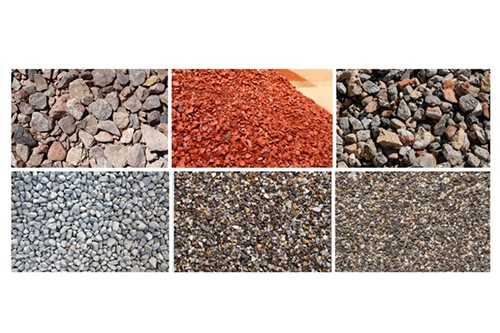ASTM E140: Hardness Conversion Tables For Metals
Introduction to ASTM E140
ASTM E140 is a critical standard developed by ASTM International, a globally recognised leader in developing and delivering voluntary consensus standards. This standard specifically addresses the classification and conversion of metals and alloys, ensuring that materials meet the required specifications for various industrial applications.
Importance of ASTM Standards in Metals and Alloys
ASTM standards play a vital role in the metals and alloys industry by providing a common framework for quality, safety, and efficiency. These standards facilitate communication between manufacturers, suppliers, and consumers, ensuring that materials are consistent and reliable.
Hardness Conversion Tables for Metals
Here are some hardness conversion tables based on ASTM E140, which help in converting values between the most commonly used scales.
Table 1: Brinell (BHN) to Other Scales
|
Brinell Hardness (BHN) |
Rockwell C (HRC) |
Rockwell B (HRB) |
Vickers (HV) |
Knoop (HK) |
Shore A |
|
100 |
16.5 |
72.5 |
97.9 |
185 |
93 |
|
200 |
22.5 |
88.5 |
156.2 |
325 |
96 |
|
250 |
26.5 |
95.5 |
195.3 |
396 |
97 |
|
300 |
30.5 |
101.5 |
234.5 |
466 |
98 |
|
400 |
34.5 |
108.5 |
312.8 |
627 |
99 |
|
500 |
39.5 |
115.5 |
391.1 |
789 |
100 |
For more information, please check Stanford Advanced Materials (SAM).
Table 2: Rockwell C (HRC) to Other Scales
|
Rockwell C (HRC) |
Brinell Hardness (BHN) |
Rockwell B (HRB) |
Vickers (HV) |
Knoop (HK) |
Shore A |
|
20 |
118 |
61 |
134.5 |
211 |
87 |
|
30 |
170 |
79 |
205.6 |
319 |
91 |
|
40 |
250 |
96 |
289.8 |
436 |
94 |
|
50 |
350 |
111 |
375.1 |
553 |
96 |
|
60 |
500 |
124 |
460.3 |
669 |
98 |
|
70 |
600 |
131 |
523.5 |
725 |
99 |
Table 3: Vickers (HV) to Other Scales
|
Vickers Hardness (HV) |
Brinell Hardness (BHN) |
Rockwell C (HRC) |
Rockwell B (HRB) |
Knoop (HK) |
Shore A |
|
100 |
95 |
13.0 |
58 |
118 |
70 |
|
200 |
156 |
25.0 |
82 |
180 |
85 |
|
300 |
234 |
35.0 |
95 |
245 |
90 |
|
400 |
312 |
45.0 |
107 |
310 |
93 |
|
500 |
391 |
50.0 |
112 |
380 |
95 |
|
600 |
470 |
55.0 |
120 |
450 |
97 |
Table 4: Knoop (HK) to Other Scales
|
Knoop Hardness (HK) |
Brinell Hardness (BHN) |
Rockwell C (HRC) |
Rockwell B (HRB) |
Vickers (HV) |
Shore A |
|
100 |
94 |
12.0 |
56 |
99 |
69 |
|
200 |
156 |
22.0 |
80 |
162 |
84 |
|
300 |
234 |
32.0 |
93 |
229 |
89 |
|
400 |
312 |
42.0 |
105 |
296 |
92 |
|
500 |
391 |
47.0 |
111 |
361 |
94 |
|
600 |
470 |
52.0 |
118 |
430 |
96 |
Table 5: Shore A to Other Scales
|
Shore A |
Brinell Hardness (BHN) |
Rockwell C (HRC) |
Rockwell B (HRB) |
Vickers (HV) |
Knoop (HK) |
|
50 |
35 |
7.0 |
45 |
64 |
44 |
|
60 |
60 |
17.0 |
61 |
104 |
75 |
|
70 |
80 |
30.0 |
80 |
160 |
115 |
|
80 |
100 |
50.0 |
100 |
240 |
150 |
|
90 |
150 |
60.0 |
115 |
300 |
180 |
|
100 |
200 |
70.0 |
130 |
380 |
220 |
Conversion Guidelines
- Brinell Hardness Number (BHN) measures the material's resistance to indentation, commonly used for large or irregularly shaped samples.
- Rockwell Hardness: Rockwell B is used for softer materials, while Rockwell C is for harder materials.
- Vickers (HV) and Knoop (HK) hardness values are often used for small or thin materials and are excellent for measuring microhardness.
- Shore A: Measures the hardness of soft rubbers and plastics, providing an estimate of the material’s resistance to indentation.
Frequently Asked Questions
What is ASTM E140?
ASTM E140 is an ASTM International standard that outlines the procedure for classifying and converting metals and alloys into quality and consistency terms.
Why are ASTM standards important in the metals industry?
They provide a common standard to ensure a standard quality assurance, safety, and efficiency process throughout the globe while also improving communication and consistency.
Which industries employ ASTM E140 standards?
Industries such as automotive, aerospace, construction, and manufacturing utilise ASTM E140 standards in order to ensure that their metal and alloy materials meet certain requirements.
Is ASTM E140 applicable to all metals and alloys?
Yes, ASTM E140 provides specifications that are usable for most types of metals and alloys, including iron, aluminium, steel, titanium, and more.

 Bars
Bars
 Beads & Spheres
Beads & Spheres
 Bolts & Nuts
Bolts & Nuts
 Crucibles
Crucibles
 Discs
Discs
 Fibers & Fabrics
Fibers & Fabrics
 Films
Films
 Flake
Flake
 Foams
Foams
 Foil
Foil
 Granules
Granules
 Honeycombs
Honeycombs
 Ink
Ink
 Laminate
Laminate
 Lumps
Lumps
 Meshes
Meshes
 Metallised Film
Metallised Film
 Plate
Plate
 Powders
Powders
 Rod
Rod
 Sheets
Sheets
 Single Crystals
Single Crystals
 Sputtering Target
Sputtering Target
 Tubes
Tubes
 Washer
Washer
 Wires
Wires
 Converters & Calculators
Converters & Calculators
 Write for Us
Write for Us
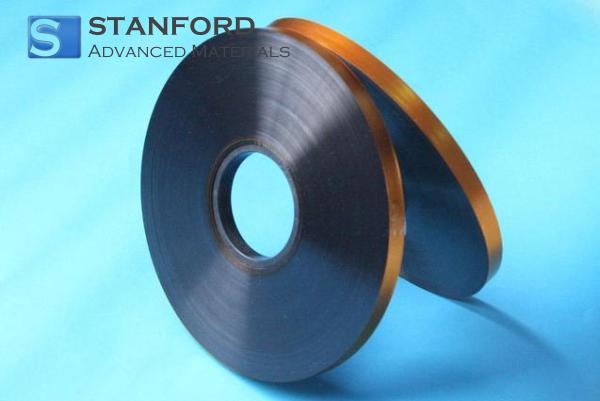
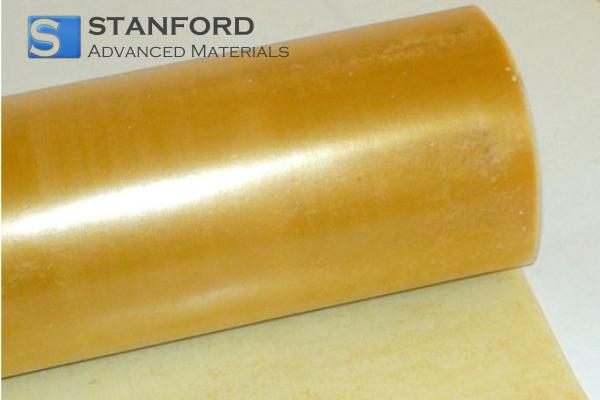
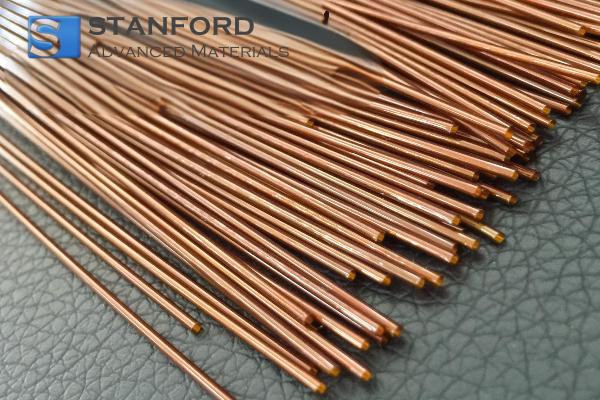
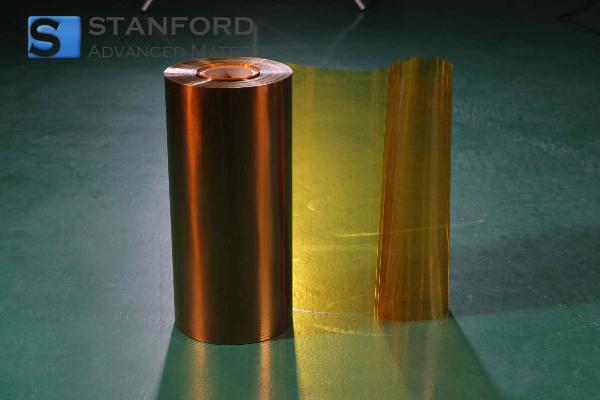
 Chin Trento
Chin Trento

